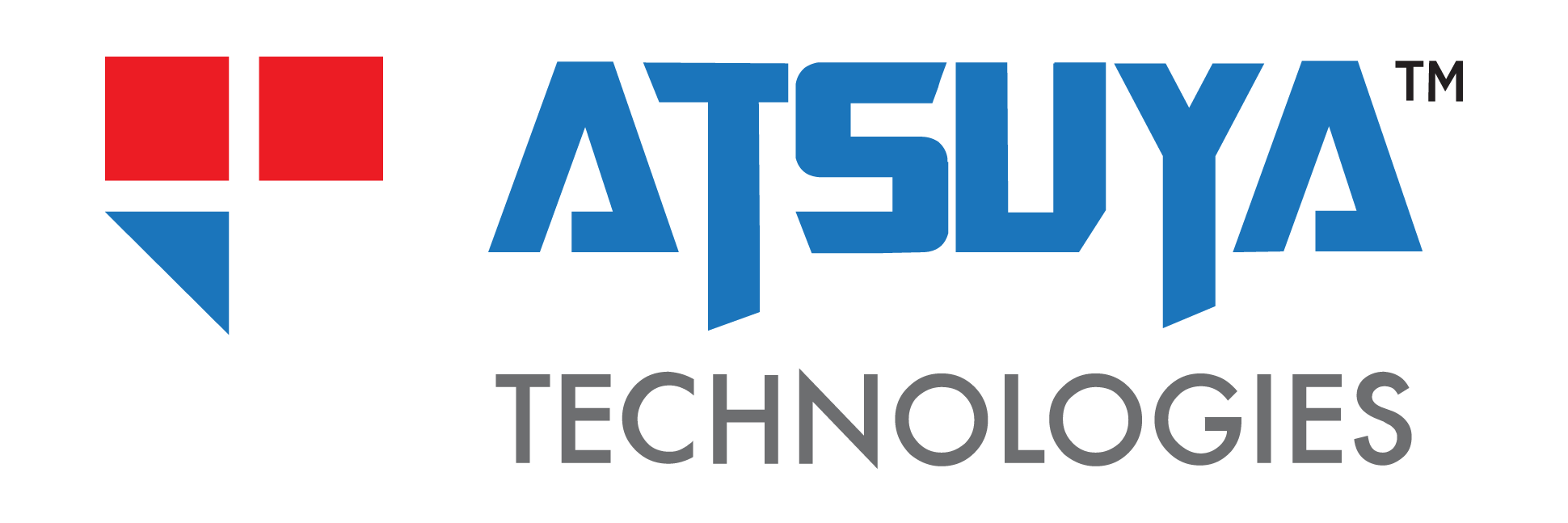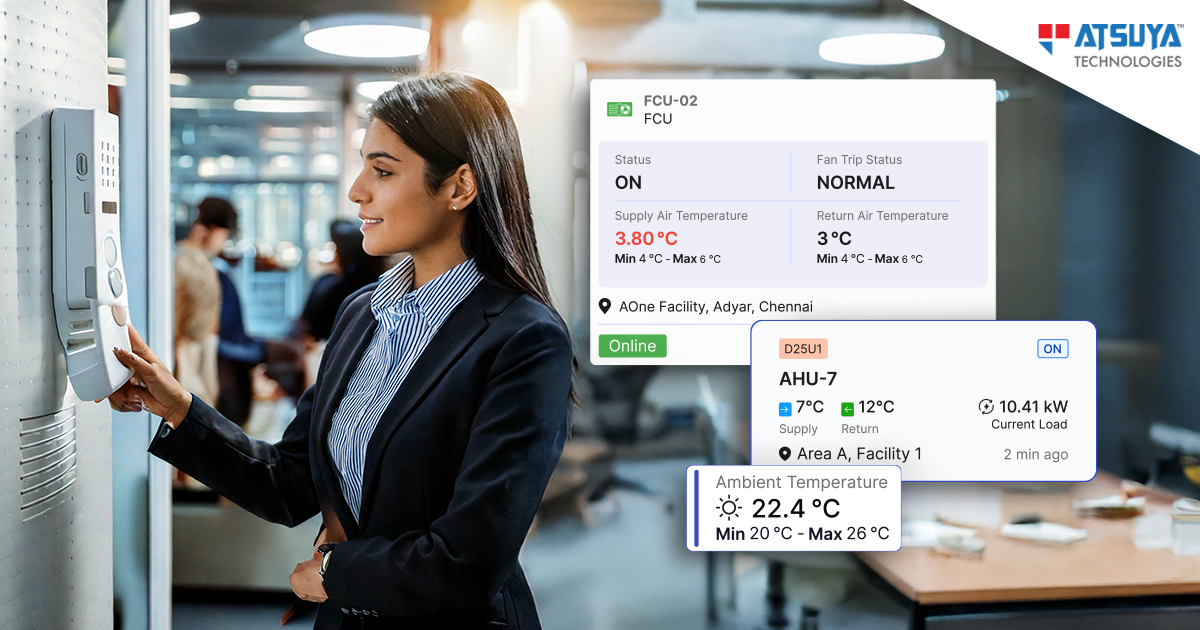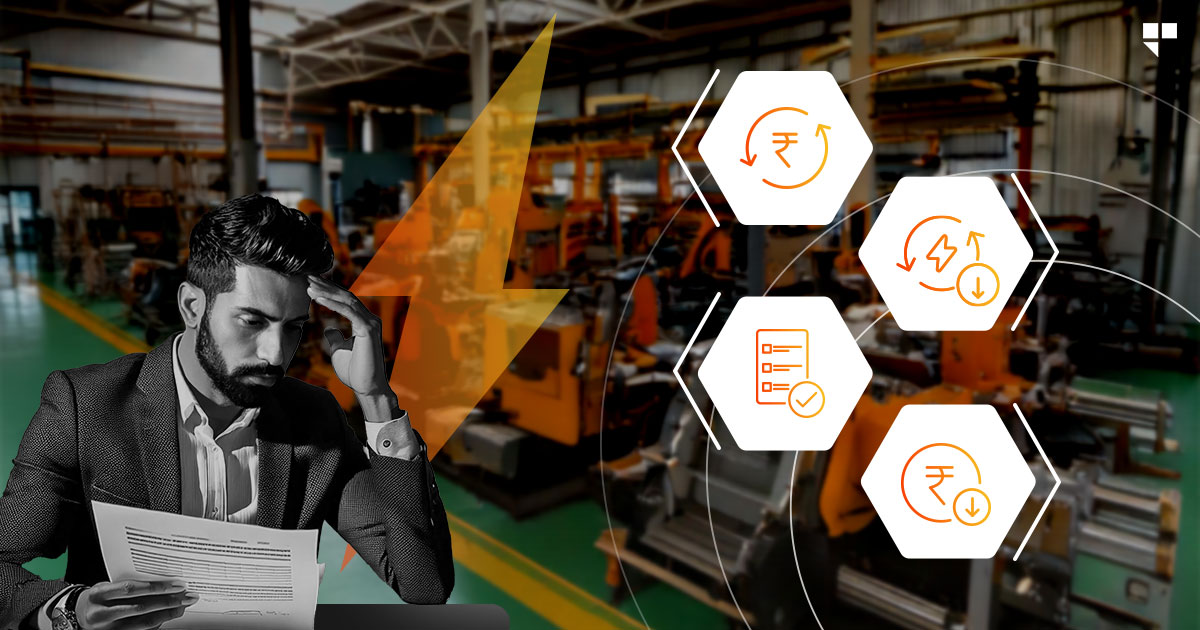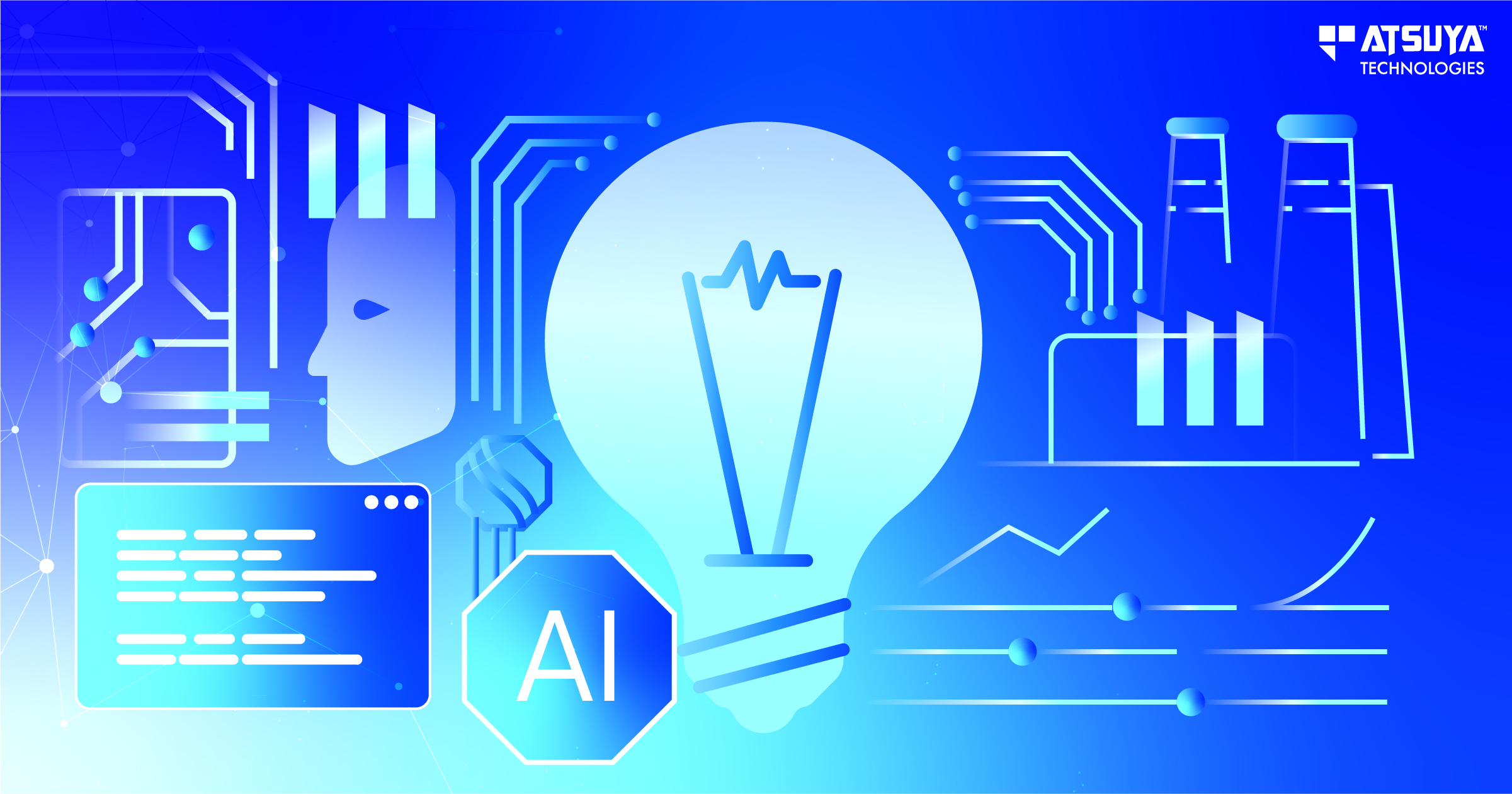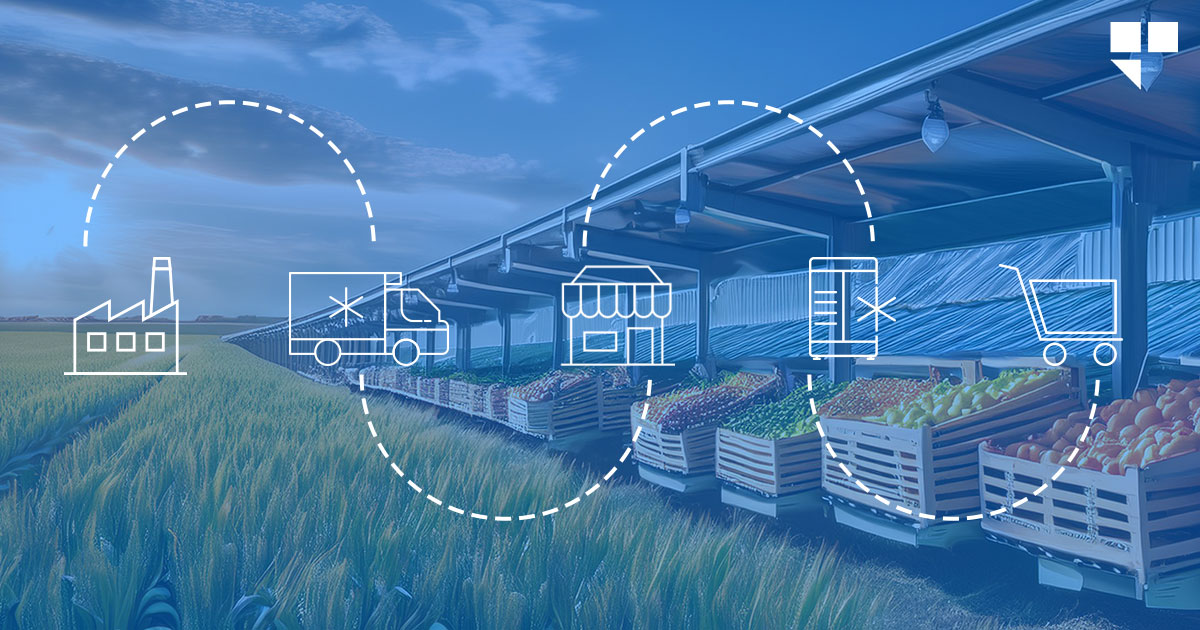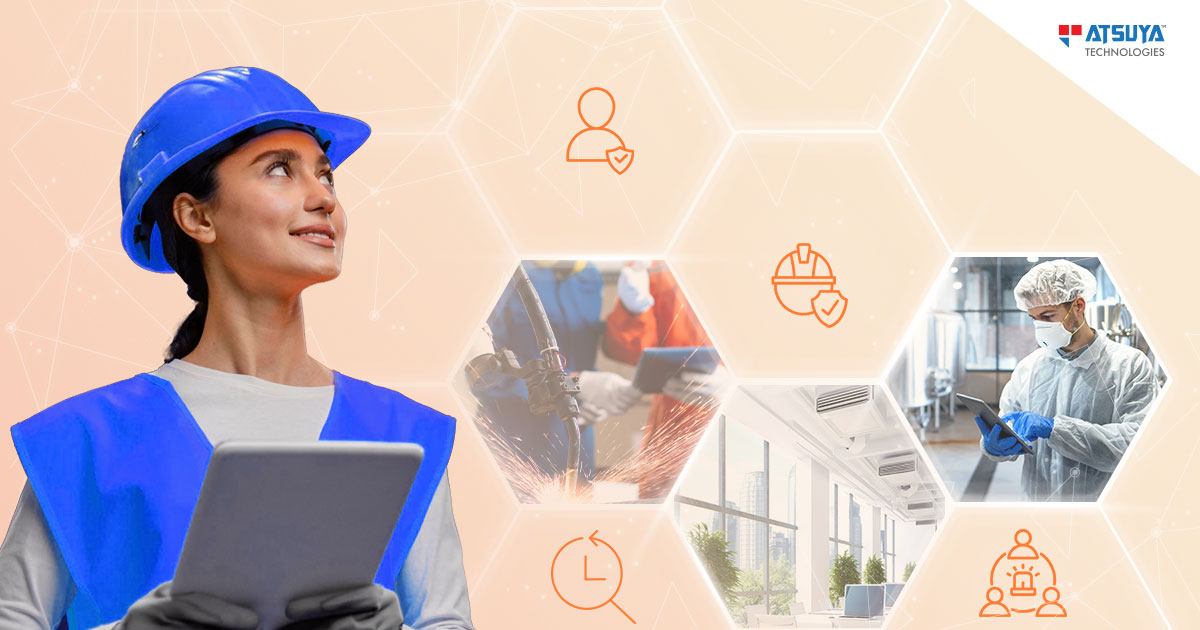
Today, safety leaders have the paramount responsibility of ensuring employee well-being and safety. With work environments being more dynamic than ever today, they face a complex set of challenges that require them to go beyond traditional safety management approaches. From manufacturing plants to office buildings, the challenges of maintaining a safe workplace are diverse and evolving. This is because conventional approaches lack real-time insights and the proactiveness required to address modern safety challenges.
In this context, the emergence of Internet of Things (IoT) technology has revolutionised the way organisations approach workplace safety. While the applications of IoT span across a variety of industries, its impact on workplace safety is particularly noteworthy. This blog will explore how IoT helps safety leaders ensure employee well-being and achieve workplace safety.
How Does IoT Help Ensure Workplace Safety?
IoT offers a range of powerful tools and solutions that help safety leaders and companies alike, monitor, analyse, and even mitigate potential hazards, all in real time. Therefore, IoT has the potential to enhance the safety of workspaces and is a fantastic way for safety leaders to ensure employee well-being.
Here are a few notable ways in which IoT helps ensure safety in workplaces:
- Real-time monitoring
The most important factor affecting employee well-being and safety is a hazardous workplace. This can include the basics like low-quality air, poor HVAC, etc. Deploying IoT sensors can help monitor occupant comfort-assuring parameters like air quality monitoring systems, temperature sensing solutions, gas monitoring systems in factories and kitchens, and more. IoT-based monitoring systems will also send out prompt alerts in case of anomalies.
- Predictive maintenance
Predictive maintenance refers to the ability of IoT sensors to keep tabs on the functioning of assets and alert the floor managers in advance about signs of asset malfunction. The IoT sensors help spot early signs of machinery depletion and allow companies to be proactive and take preventive measures against a failing asset. This helps in undertaking timely maintenance work of assets and helps prevent accidents and asset downtime that may occur due to this.
- Personal safety
While safety leaders need to keep tabs on employees’ personal safety, it is also impossible for them to personally ensure this in the case of every employee. IoT-based health monitoring technology can make the job easier for safety leaders in monitoring employees’ physical states. For example, in the case of industrial work environments which usually involve heavy machinery and potential hazards, IoT-based wearable technology can be of significant help. These wearables, with real-time monitoring, can ensure employee safety at all times and prevent accidents.
- Safety compliance
Ensuring compliance with safety standards and regulations is an integral part of a safety leader’s job. Traditional and manual methods of monitoring and auditing compliance can be time-consuming and prone to human error. IoT-based safety compliance monitoring helps streamline compliance processes and facilitate automated and more efficient safety audits.
- Emergency response management
IoT can help with emergency response management and facilitate enhanced emergency preparedness, response, and coordination in the workplace. This technology can ensure better emergency and disaster management through a range of solutions, including vehicle and employee location tracking in real-time, automated emergency alerts, pre-saved and guided evacuation routes, and more.
IoT technology’s role in ensuring workplace safety and employee well-being has become indispensable. At Atsuya, we offer a range of IoT-powered solutions that help ensure employee well-being and workplace safety. From air quality and temperature monitoring and HVAC optimisation to ticketing and compliance, our comprehensive set of solutions, coupled with our integrated platform, AOne, makes it easier for safety leaders in your organisation to enhance employee and workplace safety.
For more information, visit www.atsuyatech.com and get in touch with us at marcom@atsuyatech.com.
